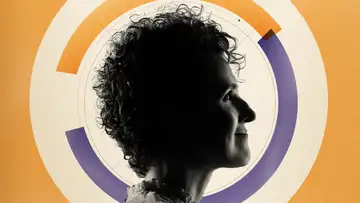STEM Roots in Childhood PlayTop of Mind with Julie Rose • Season 1, Episode 766, Segment 6
Mar 12, 2018 • 19m
Guest: Anne Gold, PhD, Director of CIRES Education and Outreach, University of Colorado Boulder
The ability to look at a couch and picture how it might fit into a room – or what it would look like if you stood it on its end – is called “spatial reasoning” and it’s really important for engineers and scientists. Playing with LEGOs© may teach kids these skills at a young age, which could really pay off in STEM careers later.